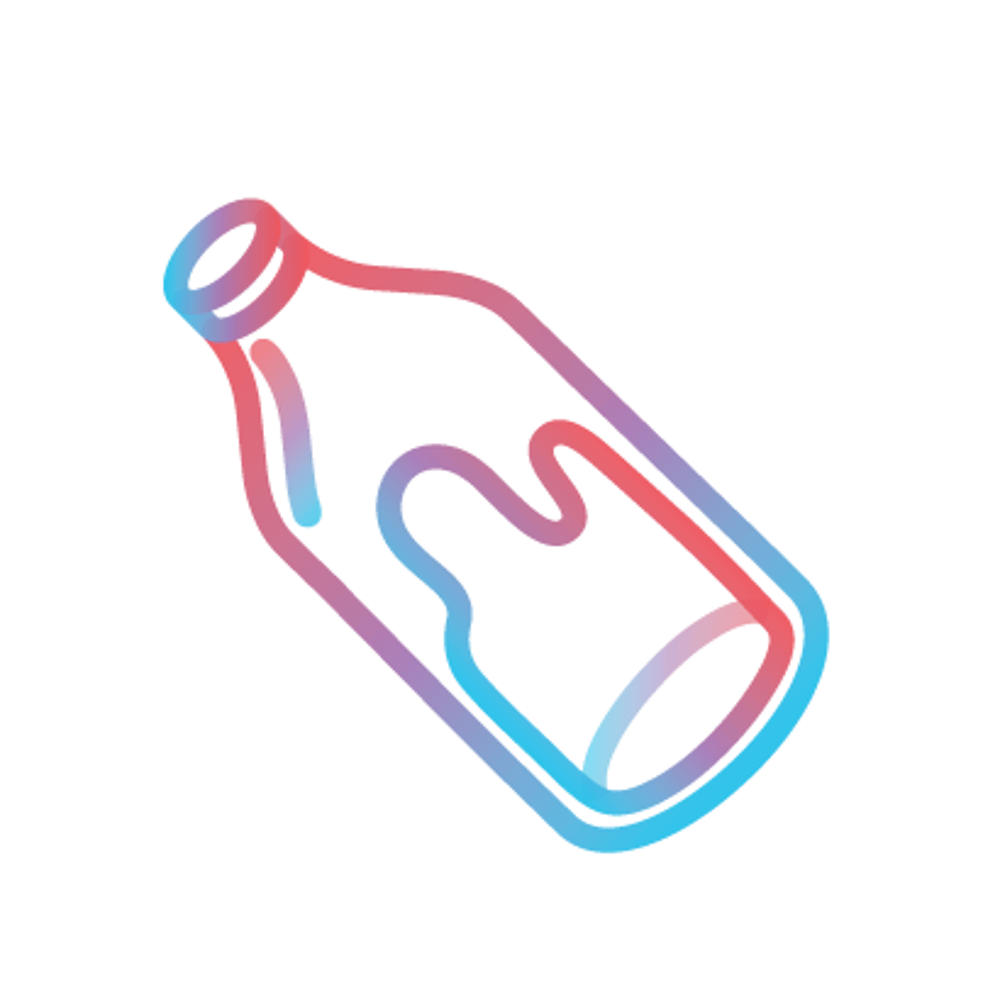The Product Development Basics
From Idea to Market: Navigating the Essentials of Product Development
Introduction
Product development is an intricate process that transforms a mere concept into a tangible, market-ready product. This journey from idea to shelf involves several critical stages, each requiring careful consideration and strategic planning.
Understanding the basics of product development can equip entrepreneurs and businesses with the knowledge needed to navigate this complex process successfully.

Ideation and Conceptualization
The first step in product development is research, This stage often involves market research to validate the demand for your product idea and to understand the competitive landscape. Then ideation, where creativity meets market needs. It's about brainstorming ideas that solve real problems or fill gaps in the market.




Feasibility Analysis
Once you have a solid idea, the next step is to assess its feasibility. This involves technical evaluation to determine if the product can be developed within the constraints of current technology, materials, and manufacturing processes.
Design and Prototyping
Design is where your idea starts to take physical form. This phase includes detailed engineering design, where every aspect of the product is planned out, from its components and materials to its aesthetics and user interface. Prototyping follows design; creating a working model of your product is essential for testing its functionality, identifying design flaws, and gathering user feedback.


Design & DFM
Digital Twin Design & Design For Manufacturing

Engineering
Detailed Engineering Development of Components

Documentation
Documentation, files & technical drawings needed for prototyping

Prototyping & Feedback
3D Printing & assembly of components in order to test and gather feedback
Testing and Refinement
Testing involves putting your prototype through rigorous scenarios to ensure it meets safety standards, durability, and user expectations. This stage is critical for refining the product design based on test results and feedback. It's a cyclical process of testing, analyzing, and refining until the product meets all the predefined criteria.

Engineering Improvements

Prototyping Improvements

User Testing & Feedback

Iterate previous steps when needed

Regulatory Approvals and Compliance
Depending on the product and the markets where it will be sold, obtaining regulatory approvals and ensuring compliance with relevant standards and laws is crucial. This step can be time-consuming and requires thorough preparation and documentation.
Manufacturing
Transitioning from a prototype to mass production is a significant step in the product development process. It involves selecting the right manufacturing partners, setting up production lines, and planning for quality control. This stage requires careful management to balance cost, quality, and time to market.


Market Launch and Scaling
Launching your product into the market is a critical moment that requires strategic planning and marketing. It involves everything from branding and packaging to sales channels and customer support.
After a successful launch, the focus shifts to scaling production and expanding market reach.
Conclusion: Key Takeaways
Product development is a complex but rewarding process. It requires a blend of creativity, technical expertise, strategic planning, and perseverance. By understanding the basics of product development, businesses can navigate the journey from concept to market more effectively, avoiding common pitfalls and maximizing their chances of success.
Remember, every product journey is unique, but the fundamental steps outlined above provide a roadmap for turning innovative ideas into successful products.
Other articles that may interest you

Comfortable office
Attempt to maintain a similar content volume for each element in the grid, ensuring a visually appealing layout.

Positive culture
Attempt to maintain a similar content volume for each element in the grid, ensuring a visually appealing layout.

Best equipment
Attempt to maintain a similar content volume for each element in the grid, ensuring a visually appealing layout.


